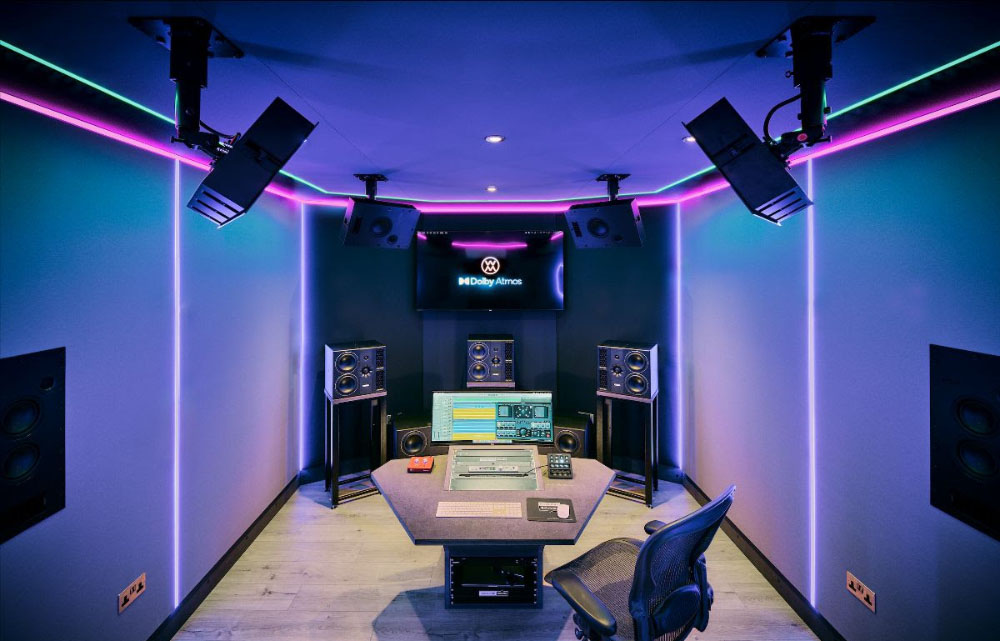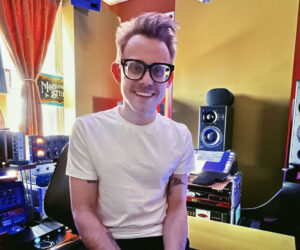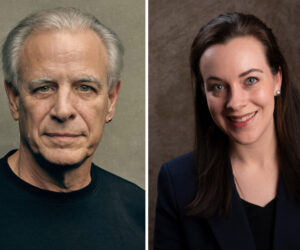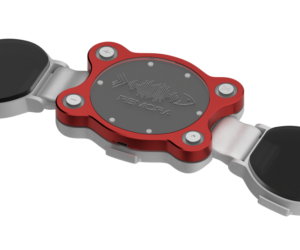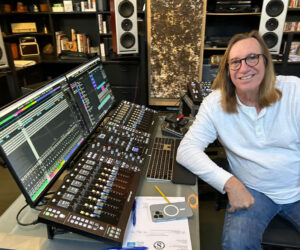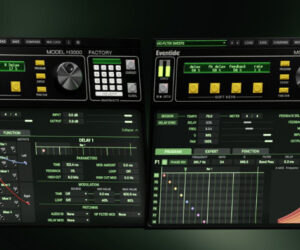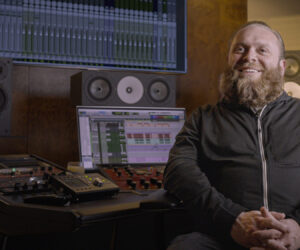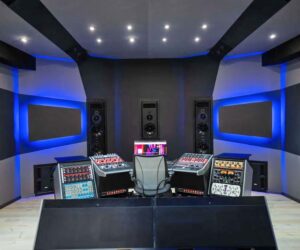Wired Masters, owned and operated by mixing/mastering duo Kevin Grainger and Cass Irvine, marked its 20th anniversary with a move to a new facility in South London, has opened a Dolby Atmos mixing studio equipped with a PMC monitoring system.
The Atmos studio was designed and built by Mark Russell, of Recording Rooms, who worked closely with PMC’s Phil Millross to help make sure the acoustics and monitoring system conformed to Dolby’s recommended reverb times, frequency response and SPL levels. The 7.1.4 room includes active PMC6-2s for the left, center and right channels, two active PMC8-2 subwoofers, four Ci65 surrounds and four Ci45 loudspeakers for the ceiling. All of the passive surround speakers are driven by Linear Research amplifiers and controlled by a combination of Ginger Audio’s Ground Control and Stream Deck 2+ over a Dante network.
“Cass and I insisted on PMC speakers from the outset because the studios where we both worked before starting Wired Masters (Heathman’s Mastering and Masterpiece) had PMC BB5 monitors, which were the Holy Grail for mixing and mastering engineers,” Grainger explains. “In 2003 we couldn’t afford BB5s so we installed PMC IB2s and worked our way up through the range, eventually buying a pair of BB5s from the Townhouse when that closed and then two pairs of MB2s, which we acquired in 2010. We just love the detail and clarity of PMC products. We work on electronic music and it’s imperative that it sounds amazing in a club and on a huge system at festivals and so forth. I’ve never found another speaker that has that level of details through the entire frequency range and especially at the bottom end.”
Numerous chart-topping artists and DJs have brought their projects to Wired Masters, including Joel Corry, Becky Hill, Jax Jones, Charli XCX, Swedish House Mafia, KSI, Riton, Galantis and CamelPhat. The facility also has a loyal international client roster of record labels, artists, producers and managers.
“We started with one room in 2003 and built our first purpose-built studios in 2008, opening a third studio in 2015,” Grainger adds. “Our lease was ending in 2023 so in late 2019 we started looking for a suitable building to move the business to. We finally found a premises at the end of 2020. Even though we hadn’t sorted all of the legal side of things out, we were running out of time, so had to take a punt. We started the design at the start of 2021, and we finally acquired the building in summer of 2021! That’s when the fun really started – finalising the design and then the build. That took us through to December 2022 when we moved into our new place and we couldn’t be more delighted with the new facility we have created.”
Housed in a former industrial unit with high ceilings, Wired Masters has retained an industrial feel in its design and has many interesting architectural features that give it a unique aesthetic. Alongside the new Atmos room, the facility comprises three impressive mixing and mastering studios, all of which are equipped with PMC monitoring. Studios 1 and 3 offer an extensive collection of analog processors, that include equalisers, compressors and limiters by Maselec, Summit Audio, Chandler, Manley and others. In addition, there is also a multi-use mezzanine area with an editing suite and DJ booth.
The decision to build an Atmos mixing studio was taken for creative as well as business reasons. The facility was finding that many of its stereo mixes were being turned into Atmos mixes in other studios and the results were not always as good as Grainger, Irvine and their customers felt they should be.
“People kept asking me if I would do them, so I thought I’d have a go,” Grainger says. “We didn’t have an Atmos room, so I was initially doing them on Apple Headphones. From my point of view 99 percent of people listening to the Atmos mixes on Apple Music were kids listening on Airpods, so that had to be the starting point. It’s no good if these mixes sound great in an Atmos room, but don’t translate on to headphones.
“Having said that, I went to a couple of Atmos rooms (PMC’s London demo room was one of them) to check some of my mixes that had been turned into Atmos mixes by others and I was really unhappy with the results. Yes, they had space, but so much of the energy and the point of the records had been missed. I spend ages getting energy into tracks and ensuring the kick and bass relationship is just right, and this was often ignored in pursuit of ‘space,’ which meant the mixes just fell flat. So, we started doing them and people loved them, and they translated really well.”
With Apple Music now behind immersive audio, Wired Masters began to get more and more requests for Atmos mixes, including for songs where they hadn’t mixed the original stereo version. This demand led to Grainger and Irvine deciding that it was time to build a dedicated Atmos room – and to do it properly.
“In my view, Atmos is here to stay, especially now that the automotive industry is installing Atmos speaker systems in high-end cars,” Grainger states. “The car is the perfect place to hear an Atmos mix because it is an enclosed space where you are automatically in the sweet spot.”


